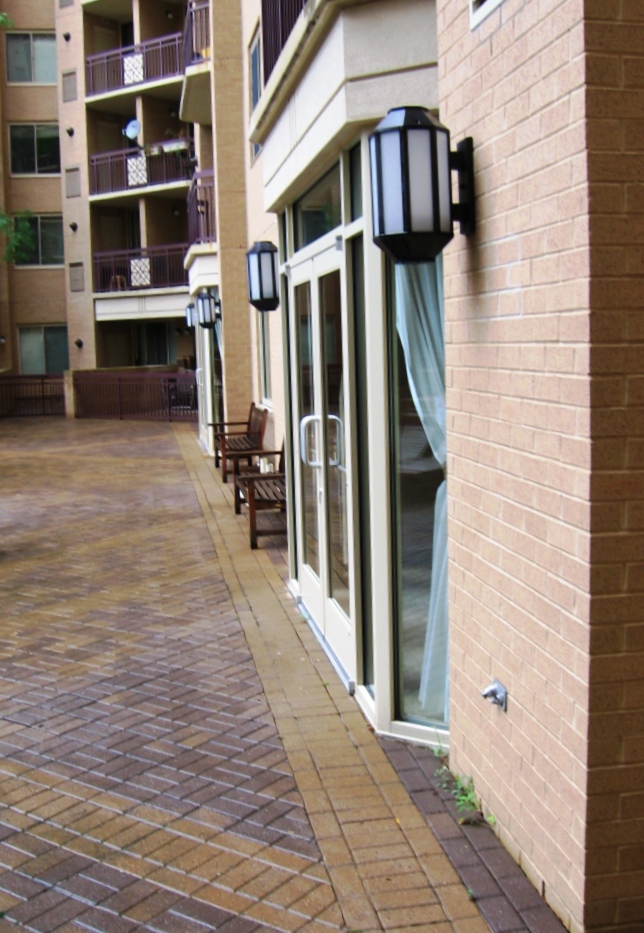- February 12, 2015
- 0 Comments
- In Accessible Design and Construction
- By Peter Stratton
Part 1: Public and Common-use Areas
After years of inspecting multifamily housing developments across the country for compliance with regulatory requirements for accessible design and construction, our accessibility group has compiled a list of common violations – violations that could easily have been avoided before construction even began. By addressing requirements for accessibility in the early phases of a project, designers can preempt the need for costly remediation during construction and greatly reduce the possibility of potential litigation.
Here are just a couple of examples of common violations that we come across on a regular basis:
- Slopes of Accessible Routes
At least one accessible route is required to connect site arrival points, accessible building entrances, various site and building amenities, and dwelling units in the project. All too often, we arrive on site to find that the slopes of these accessible routes are not compliant (sometimes more than twice what is allowed), necessitating the ripping up of sidewalks and flooring materials – an undertaking that can quickly become expensive. When considering an accessible route, there are two important slopes to keep in mind: cross slope and running slope.— Cross slopes of accessible routes must be no more than 1:48 (2%). Areas where two accessible routes intersect, as well as the clearance at doors, must not exceed 2% when measured in any direction.
— Running slopes of accessible routes must be no more than 1:20 (5%). If the running slope of an accessible route exceeds 5%, it is then considered a ramp and all ramp criteria apply, including the requirement for handrails on both sides of the ramp.By identifying the required accessible routes on the drawings, and providing notes and slope indicators along these routes rather than spot elevations, it is possible to greatly increase the chances of compliance once the concrete is poured and the building is constructed.
- Protruding Objects
Accessible design isn’t just about ensuring equality for those with mobility impairments. Another important, and often missed requirement, applies to those with visual impairments. A protruding object can be something as basic as a wall sconce, bar countertop, or drinking fountain; and as seemingly innocuous as a piece of artwork on the wall. Any element that is located 27-80 inches AFF and projects more than 4 inches from a wall can prove hazardous to someone who does not have the ability to see it. The projecting objects themselves may seem small, but the cost of replacing hundreds of lighting fixtures throughout a building can be astronomical.
While the best method of avoiding protruding objects is to specify wall-mounted sconces and other fixtures with a low profile, there will of course be situations that require other solutions. Where a protruding object exists, a cane-detectable barrier must be provided below it to ensure that a person with a visual impairment will be able to identify and avoid the potentially hazardous object. This can be as simple as positioning a planter or built-in piece of furniture below a wall sconce or piece of artwork, or installing a foot rail or knee wall below projecting bar countertops. Locating drinking fountains within alcoves is another method of achieving compliance.
By addressing these common violations in the design phase of a project, it is possible to greatly reduce the need for change orders and costly delays once construction begins. A little planning ahead can save a lot of time and money in the long run.
Stay tuned for Part 2: Dwelling Units – coming soon!

